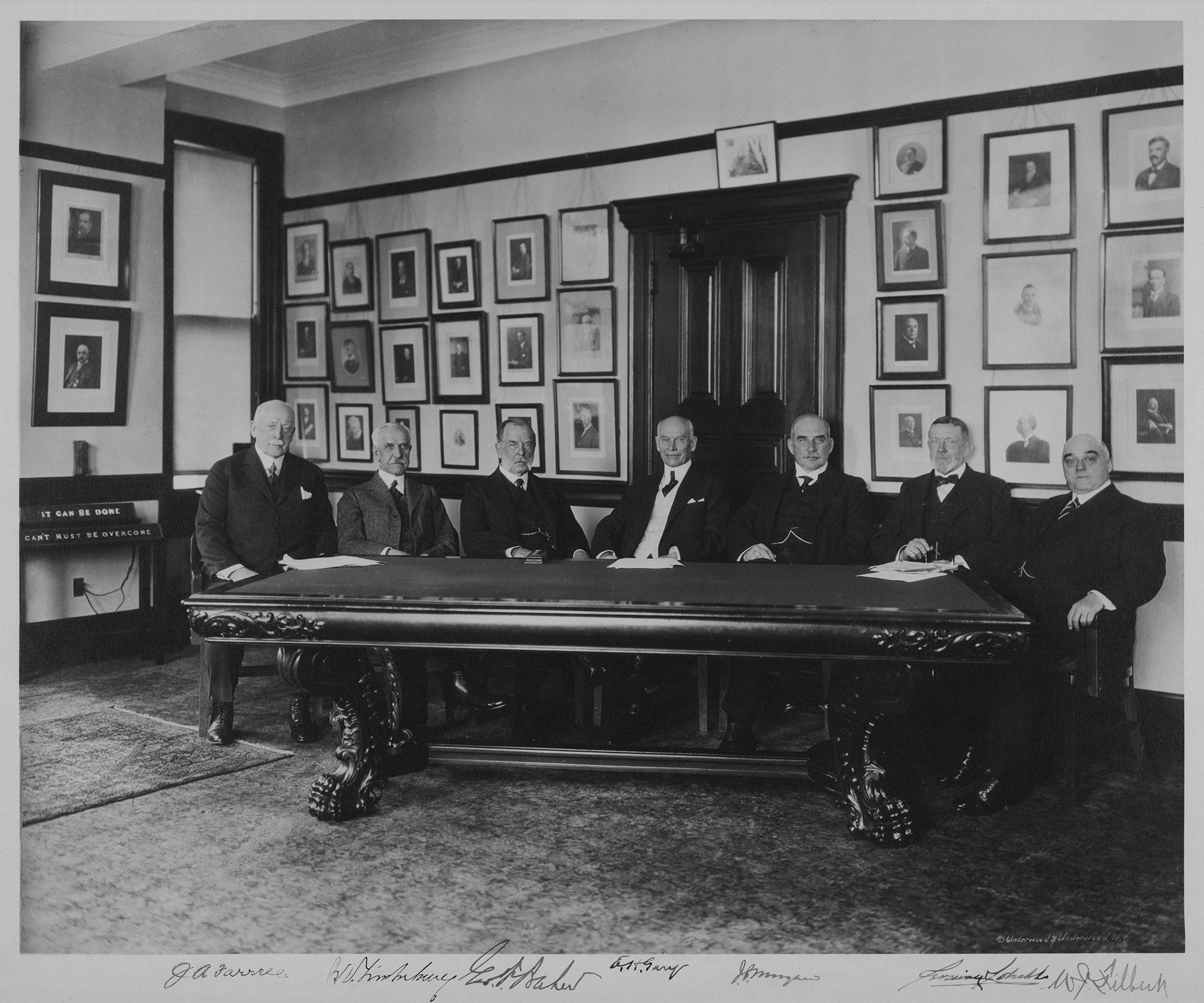On February 25, 1901, U.S. Steel was formally incorporated at the behest of J. P. Morgan, a Wall Street corporate banker and financier during the Gilded Age of the United States. The Gilded Age, which lasted the last thirty or so years of the 19th century, was a period of rapid economic growth marked by an expansion of industrialization. J. P. Morgan, capitalizing on the country’s transition into a booming industrial society, formed U.S. Steel at the beginning of 1901.
U.S. Steel was created through Morgan’s financing the merger of three heavy-hitting steel producers: the Carnegie Steel Company, Federal Steel Company, and National Steel Company. The companies were owned by Andrew Carnegie, Elbert H. Gary, and William Henry “Judge” Moore, and the merger’s cost totaled $492 million. Adjusted for inflation, that’s the equivalent of $15.31 billion today.
Once production was monopolized, the company went on to become the world’s largest producer of steel and the largest corporate operation as of yet created. At its height, it was valued at an incredible $1.4 billion, or $43.6 billion in today’s money, making it the first company—even without adjusting for inflation—to surpass in value one billion dollars.
U.S. Steel was headquartered in the Empire State Building in Manhattan, New York City, where it remained a notable tenant for nearly a century. Later in the life of the company, Charles M. Schwab, an American steel magnate and then-executive at Carnegie Steel, became the U.S. Steel’s first president. J. P. Morgan saw his leadership as fitting, considering he was the person to originally suggest the extremely successful merger.

